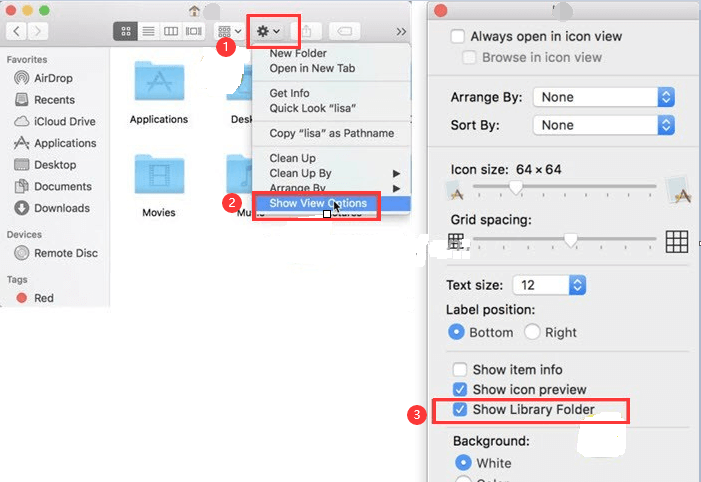

- Office 2016 for mac data location how to#
- Office 2016 for mac data location password#
- Office 2016 for mac data location windows#
Switch back to Column view ( +3) and click Library > Containers and ctrl+click or right-click each of these folders if present, and then click Move to Trash. In the View Options dialog box, select Show Library Folder. On the Finder menu, click View > as List, and then click View > Show View Options. As this file is stored in a secure Google Drive folder that is managed by SCS.
Office 2016 for mac data location how to#
To remove files from your user Library folder, you'll need to first set the Finder View options. How to update Office 2016 to O365 on your SCS-supported macOS computer. Remove files from your user Library folder Go to Library > Preferences and ctrl+click or right-click this file if present, and then click Move to Trash.Ĭom. (if present) Unfortunately, Outlook for Mac, even the latest Outlook 2016 doesn’t have some of the space saving options available to Office for Windows. Question: Q: Outlook for Mac 2016 Local Folder Save Location I am using the most recent version of Outlook for Mac 2016 and I created a folder 'On This Computer' so that I can move emails to it from the server. Mac computers can have relatively small hard drives like 128GB or 265GB which Outlook 2016 for Mac can gobble up. Go to Library > PrivilegedHelperTools, ctrl+click or right-click this file if present, and then click Move to Trash.Ĭom. (if present)Ĭom. (if present) Outlook for Mac is a disk space hog but the macOS has a way to recover some of that. In the LaunchDaemons folder, ctrl+click or right-click this file if present, and then click Move to Trash.Ĭom.plist (if present)Ĭom. (if present) Go to Macintosh HD > Library > LaunchDaemons. Open Finder, click Go > Computer, and then click View > as Columns.

The supporting files you need to remove are in the Library and User folders. Restart your Mac to complete the uninstall.Step 1: Remove Office 2016 for Mac applicationsĬommand +click to select all of the Office 2016 for Mac applications.Ĭtrl+click or right-click the applications you selected and click Move to Trash. If you put any of the Office applications in your dock as shortcuts, ctrl + click each and choose Options > Remove from Dock. Ctrl+click each of these folders if present, and Move to Trash. Back up these folders before you delete them.Ĭlick the back arrow to go back to the Library folder and open Group Containers. Outlook data will be removed when you move the three folders listed in this step to Trash. In the View Options dialog box, select Show Library Folder and save.īack in Finder, open Library > Containers and ctrl+click each of these folders and Move to Trash. On the Finder menu at the top, click View > as List, and then click View > Show View Options. To remove files from your user Library folder, you'll need to first set the Finder View options. Remove Office 2016 for Mac applicationsĬommand +click to select all of the Office 2016 for Mac applications.Ĭtrl+click an application you selected and click Move to Trash.

Office 2016 for mac data location password#
You must be signed in as an administrator on the Mac or provide an administrator name and password to complete these steps. Way 2: Find Outlook data file location in Outlook Account Settings If your data file is open in Outlook 2016, however, you still want to get the location of this data file or other data files, go on to see the article.
Office 2016 for mac data location windows#
If you are attempting to remove Office 2016 from a Xavier Mac, please contact the Help Desk at x4357 for further assistance. Just select the data file you want, click the Open File Location button, and you will go to the location where data file saves. If you look at a PST files properties on a Windows system, it will be listed as an Outlook Data File. But this is no longer possible because of the new sandbox requirements. These instructions are meant for uninstalling Office 2016 on personal Macs. In previous Mac Office versions (older than Office 2016), users were able to save files in any location and use any font without warnings and permission requests.


 0 kommentar(er)
0 kommentar(er)
